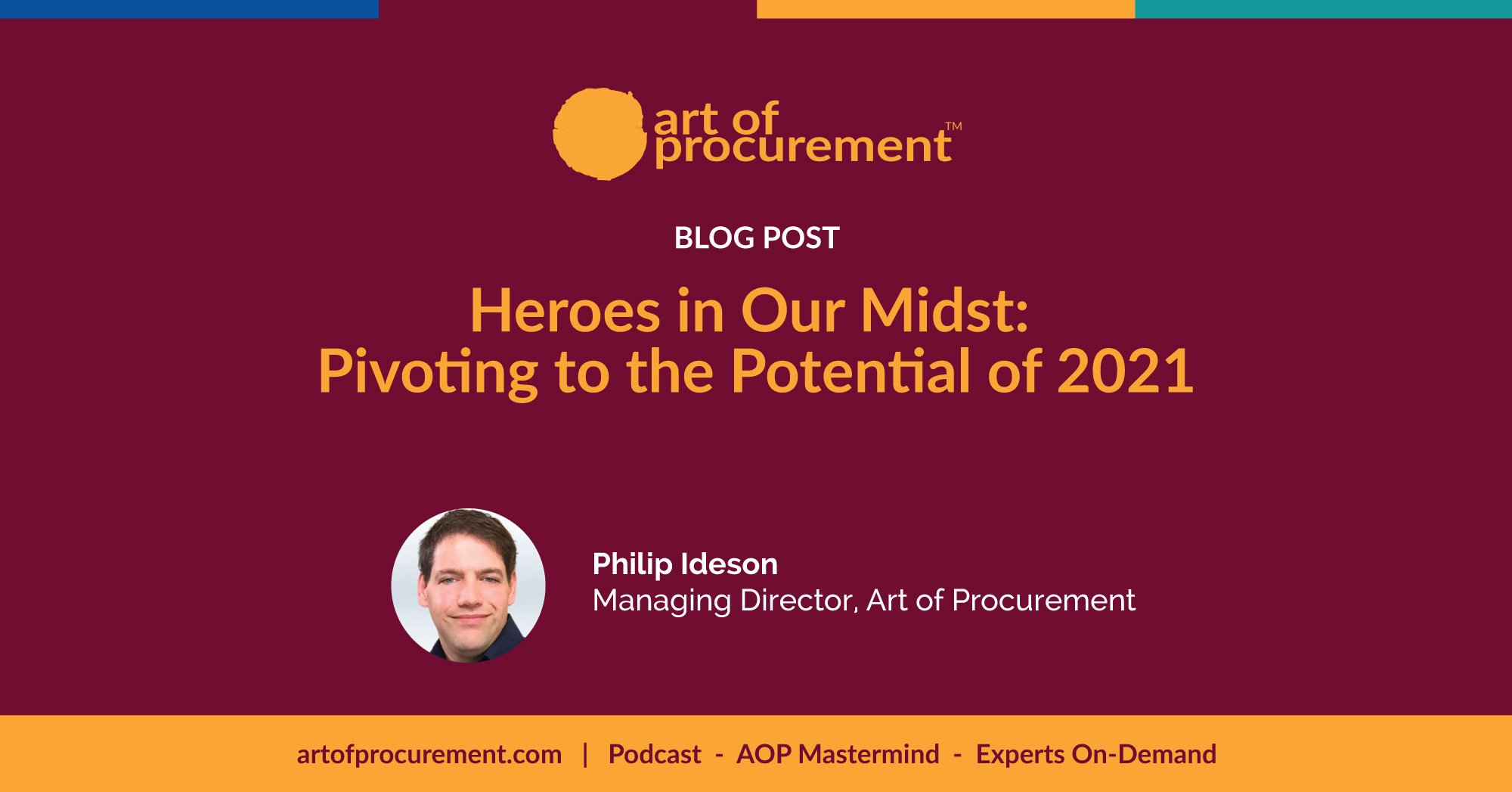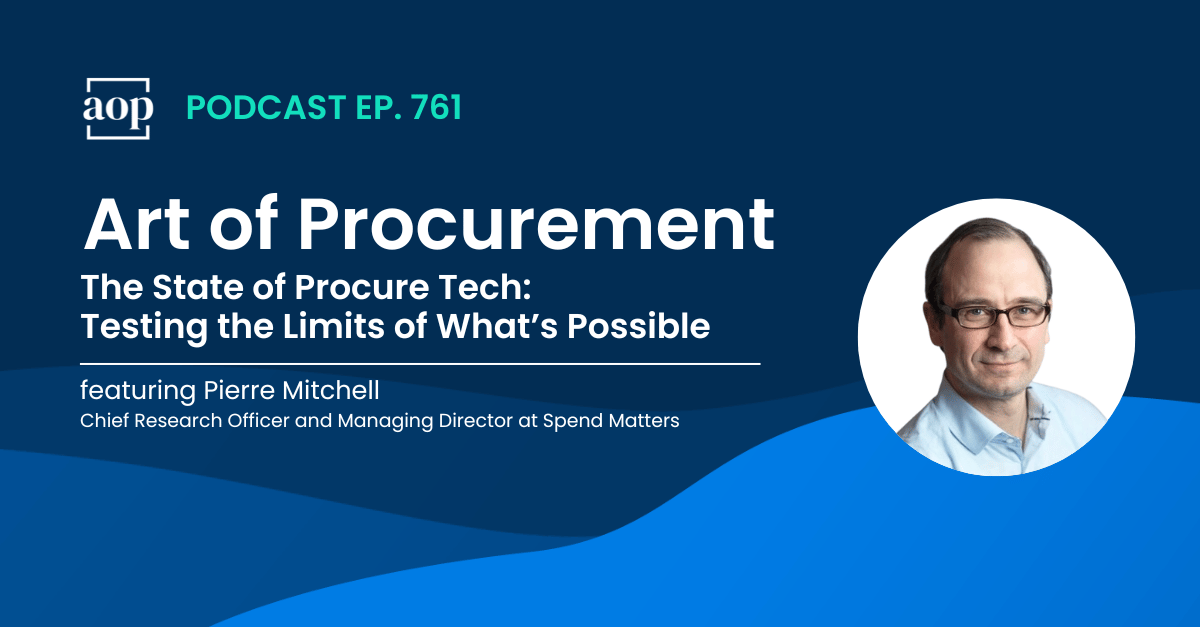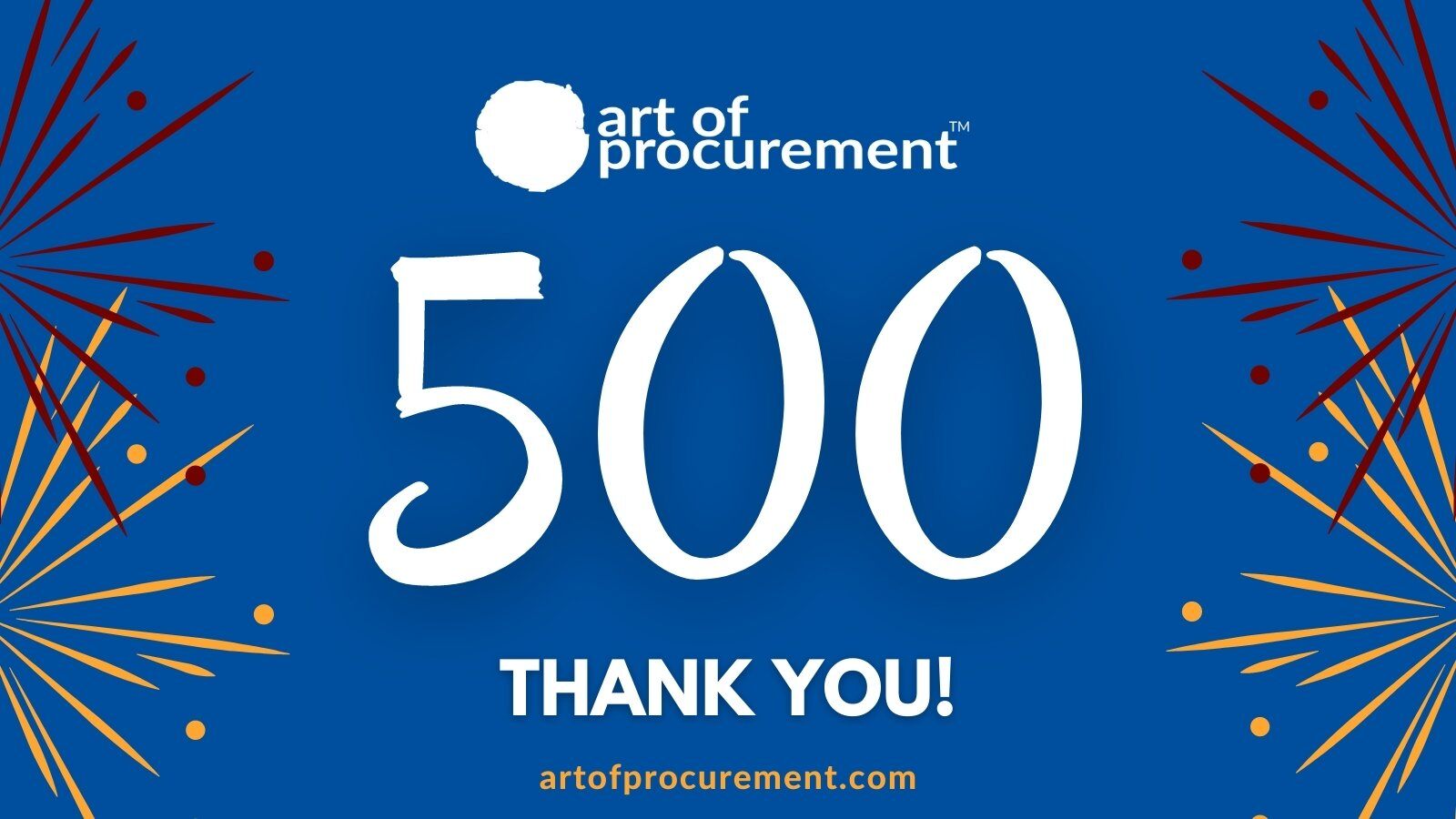
For all the stories of stress and struggle we heard in 2020, there have also been some amazing examples of heroism and success. Procurement teams worked long hours with little information to go on to keep their operations running, often partnering with suppliers and colleagues to find creative solutions on the fly.
Art of Procurement recently partnered with Ivalua to interview several CPOs about what they learned in 2020 and how that will change their approach going forward. Dan Symon is the Chief Procurement Officer of New York City and Sajid Kunnummal is the Vice President and CPO at Navistar, A Fortune 500 manufacturer of commercial trucks, buses and proprietary engines. The experiences they related serve as evidence that procurement was more than ready for this unplanned moment in the spotlight and why the rest of the C-suite will never see our function the same way again.
The Procurement Team That Never Sleeps
When the supply chain for PPE broke down, Dan Symon and his team didn’t have the option to make the city’s constituents go without. They did everything – including wading through the murky ‘gray market’ to meet immediate needs and build up a 90-day stockpile. They even by-passed the domestic supply chain by setting the city up as an importer of record.
Even with the disruptions of the pandemic, they never lost sight of their longer term objective: to streamline procurement processes while remaining compliant with public sector requirements. As Dan told us, “Our workflow has more steps in it than we would like, but it is digitized. That’s a huge, huge benefit. It’s transparent to everyone.” Just like CPOs in the private sector, New York City procurement wants a seat at the table and a voice in strategic decisions. After their impressive response to the COVID crisis in the middle of their digital transformation, I’d say they have proven they are ready to fill that role.
Resilience as the Engine that Drives Supply Chain Performance
When we asked Sajid Kunnummal how his team and company fared through the spring and summer, he was surprisingly positive. “We actually started implementing a risk management program just before the crisis hit us. We had a little bit of head start, not that we had robust systems in place, but we had a head start. That helped us quite a bit, and that’s why we were one of the very few companies who were able to actually run, because of the start we had.”
Like New York City, Navistar has a global supply chain. They recognized very quickly that none of their suppliers were prepared for the magnitude of crisis they were facing. Far from being a shortcoming, the Navistar team turned this into an advantage. Suppliers were more willing to cooperate and collaborate than under normal conditions, and they saw the value proposition of investing in risk management. Relationships that were tense or transactional in the past quickly became partnerships, becoming a new asset that Sajid will have as he enters 2021.
January 1, 2021 won’t bring a return to normal, but it does mark a new beginning. Procurement has never stopped maturing and evolving, and the past year brought on an enormous growth spurt. We’ve uncovered hidden weaknesses, seen the benefits of transparency and risk management, and forged new partnerships both inside and outside of the company.
In order to achieve all that progress on a compressed timeline, the effort had to be personal. CPOs and their teams pushed beyond the boundaries of the traditional workday and rose above the challenges of being distributed overnight. They also proved, over and over again, that there is no ‘comfort zone’ that holds procurement back when the company is on the line.
For more insight from Dan Symon, Sajid Kunnummal, and the Ivalua team, download the full whitepaper here: The 2021 Pivot: How Leading CPOs Are Mastering Procurement’s Post-Pandemic Response




